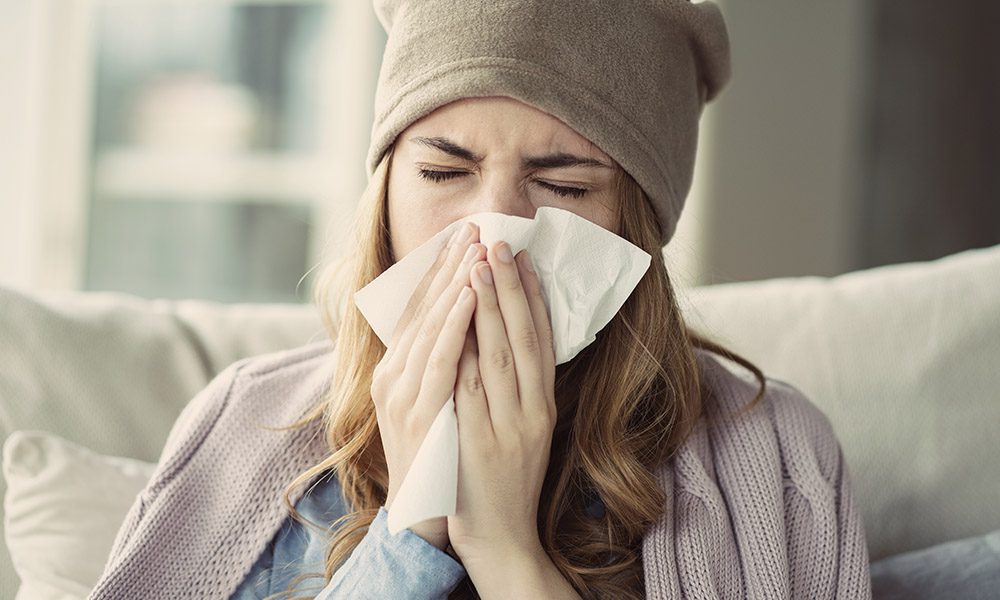
The arrival of the fall and winter months signals many things, including flu season. According to the Centers for Disease Control and Prevention (CDC), flu activity peaks between December and February. It’s likely that flu viruses and the virus that causes COVID-19 will both spread this fall and winter.
Many symptoms of the common cold, the flu and COVID-19 are similar, so learn how to differentiate between them on the next page.
Flu Prevention
The flu vaccine is your best chance of preventing the illness, and it’s more important than ever this year. Currently, the CDC recommends an annual flu vaccine for anyone over 6 months of age.
In addition to getting your vaccine, there are some other ways to help protect yourself during this flu season. Avoid close contact with people who are sick, and stay home when you’re sick. It’s critical to continue good hygiene by covering your coughs and sneezes, and washing your hands. Safety measures made a positive impact on flu cases earlier this year, and they will continue to be crucial as we enter flu season.
Get Your Flu Shot
If you’re unsure about getting a flu vaccine, here are some reasons why it’s especially important amid the pandemic:
- Reduces risk of contracting both viruses at the same time—Battling simultaneous flu and COVID-19 infections could be much worse than battling either alone. Nobody knows what to expect until it happens—and then it’s too late.
- Eliminates symptom confusion between the flu and COVID-19—You’ll be less likely to get flu symptoms like fever, cough and body aches. Those are symptoms that could be confused for COVID-19.
- Reduces strain on the medical system—The flu and COVID-19 are both respiratory illnesses, so they rely on some of the same life-saving hospital equipment.
If you’re worried about staying healthy this flu season, please contact your doctor.

